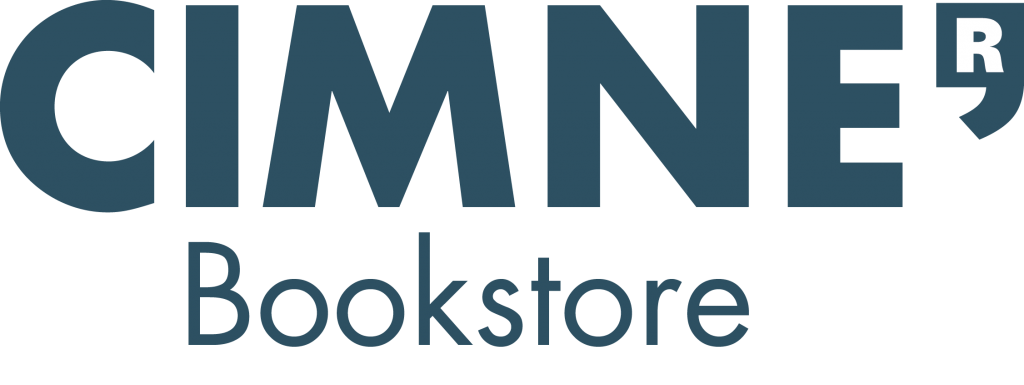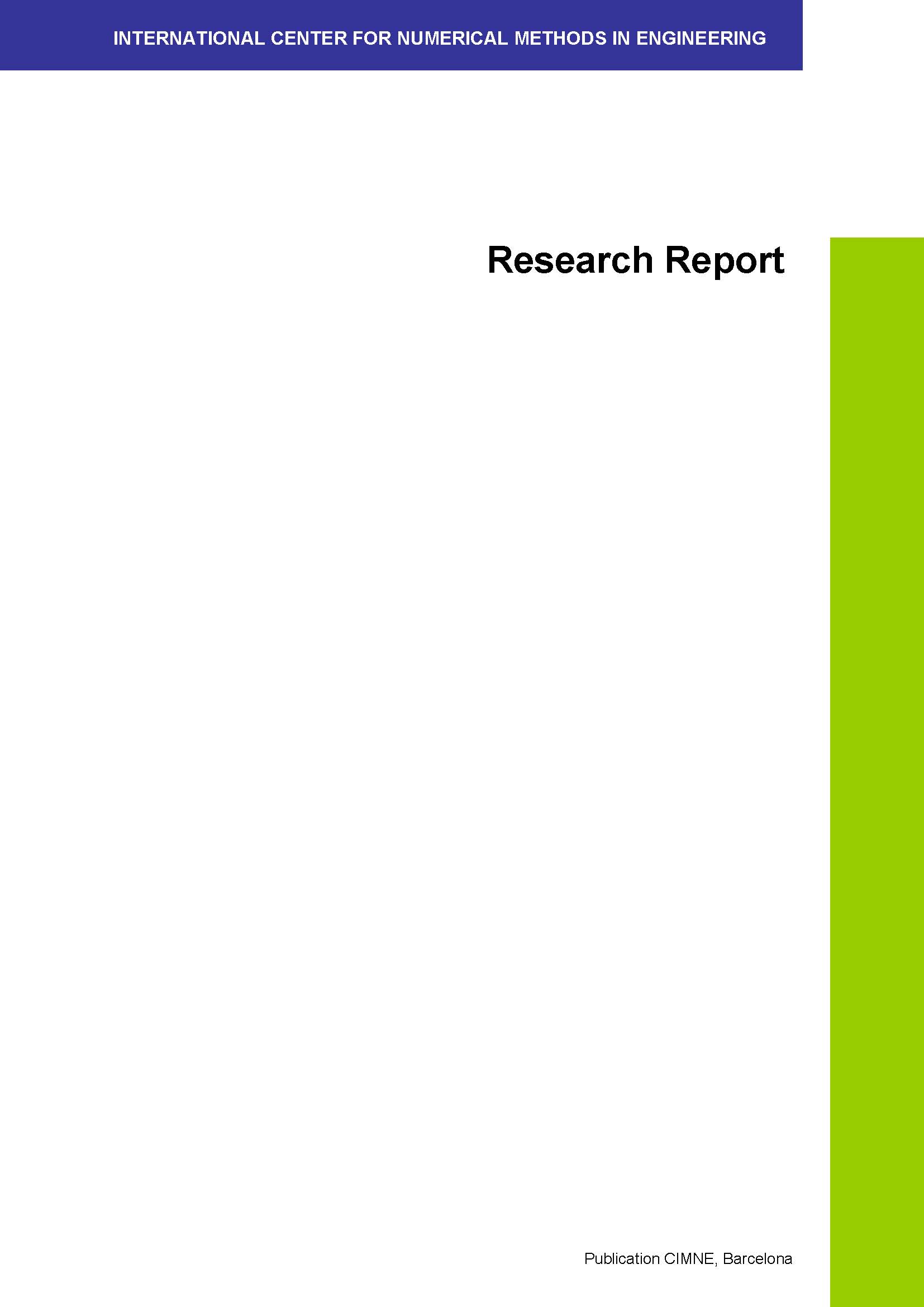Continuum modelling using the discrete element method theory abd implementation in a object oriented software platform
FREE!
Editorial: CIMNE
Year of publication: 2012
Pages: 166
Editorial: CIMNE
Year of publication: 2012
Pages: 166
Description
The Discrete Element Method is a relatively new technique that has nowadays and intense research in the field of numerical methods. In its first conception, the method was designed for simulations of dynamic system of particles where each element is considered to be an independent and non-deformable entity that interacts with other particles by the laws of the contact mechanics and moves following the second Newtons law. This first approach for the DEM has obtained excellent results for granular media simulations or another discontinuouslike case. The existing challenge nowadays for the DEM is to be able to simulate the behaviour on a continuous media discretized by a mesh of particles ruled by the equations of the DEM. Although there exist more adequate methods to solve the continuous problem as they are the different variants of the Finite Element Method, the DEM is expected to have a better behaviour when the failure of the media occurs; in terms of tracking the evolution of the fracture locally between the elements of the discretization and also the post-fractural behaviour of the material.
Nowadays, there are several DEM codes that try to solve this problem although there is no one which can assure an accurate solution applicable universally to any case. The objective of the present work is to develop calculation software for the Discrete Element Method included in the platform for numerical methods KRATOS, which is developed in CIMNE. One of the goals of the so-called DEM-Application is to be able to reproduce a wide set of engineering problems; not only the discrete ones such as the excavation or agroalimentary applications but also to reproduce the continuous media, simulating compression test for concrete or asphalt samples for instance. In addition it is desired that the application permits the coupling with anothermethods, particularly the Finite Element Method. In order to do this, the present work includes the study of all the advances and ideas that, globally in the numerical method field and particularly in CIMNE, have been discussed to give other approaches and to keep improving and developing the to the Discrete Element Method.

